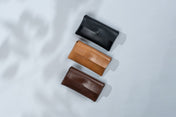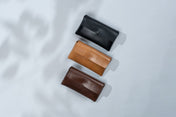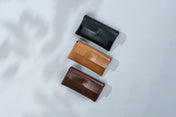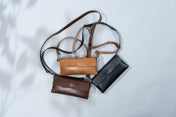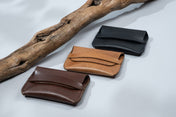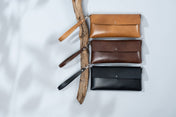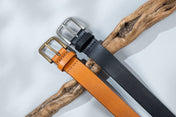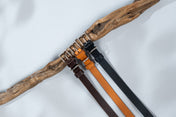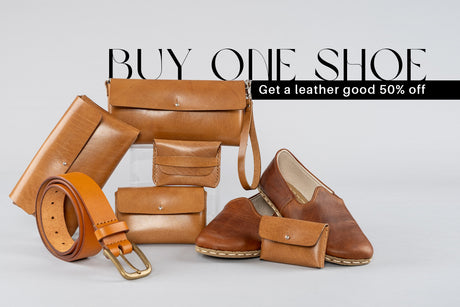Barefoot shoes have drawn interest in the world of footwear thanks to their distinctive style and alleged health advantages. While adding a layer of protection, these minimalist shoes seek to replicate the sensation of walking barefoot. But how do barefoot shoes perform when required to stand for extended periods of time? Are they a good option for people who stand for long periods of time? We examine the pros and cons of barefoot shoes for ongoing circumstances in this post as we delve into the world of barefoot footwear.
Understanding Barefoot Shoes
Shoes that closely resemble jogging or walking barefoot are referred to as barefoot shoes or minimalist shoes. In contrast to conventional footwear, they frequently have bigger toe boxes, flexible materials, and thin soles. The goal behind barefoot footwear is to promote a more organic and biomechanically sound gait, which supporters claim can result in better posture, less strain, and better foot health.
Benefits of Barefoot Shoes
Barefoot shoes force your feet to use muscles that might be inactive when wearing standard shoes. Over time, this may result in increased foot stability and strength.
Improved Balance: Enhancing proprioception, or the awareness of your body's position in space, barefoot shoes' minimalist design helps improve balance and body awareness.
Reduced Impact: Barefoot shoes' thin soles may encourage a lighter, more natural walk, which may lessen the impact on joints and the chance of getting hurt.
Long Standing and Barefoot Shoes
The choice of footwear becomes especially crucial when you'll be on your feet for extended periods of time. Here's how barefoot shoes fare for people who spend a lot of time standing:
Comfort and Cushioning
Comfort is one of the main issues in situations that last for a while. Comparatively speaking to conventional shoes with thicker bottoms, barefoot shoes provide very little padding. Although this simplicity can help with proprioception and foot strength, it might not be the most comfortable choice for prolonged standing, especially on rough surfaces.
Arch Support and Fatigue
For certain people who experience arch discomfort or tiredness when standing for extended periods of time, barefoot shoes often lack arch support. In these situations, traditional shoes with arch support could be more beneficial.
Foot Fatigue and Stress
Long durations of standing can cause foot tension and tiredness, which may be made worse by barefoot shoes' lack of padding. The shift to barefoot shoes may be difficult for people used to comfortable shoes, especially while standing for long periods of time.
Considerations and Alternatives
Gradual Transition: If you want to experiment with barefoot shoes for extended periods of time, think about doing so gradually. As your feet get used to them, progressively extend the time you spend wearing them.
Insoles or Inserts: Some barefoot shoes allow for the removal of insoles or inserts. Long-standing tasks might be made more comfortable by adding a padded insole.
Alternatives: Cushioned work shoes, orthopedic shoes, or shoes with arch support may be better options for people who need greater support and cushioning during lengthy periods of standing.
In Conclusion
The benefits of barefoot shoes include encouraging strong, natural foot mobility. However, their lack of cushioning and arch support may provide problems for some people in long-term settings. While some people may find wearing barefoot shoes advantageous and comfortable while standing for long periods of time, others may feel discomfort and tiredness.
As with any footwear decision, personal preferences and demands are crucial. It's crucial to analyze how they feel for you personally before deciding to wear barefoot shoes for prolonged tasks. You can decide whether wearing barefoot shoes is a good and comfortable solution if you gradually adapt to them and experiment with them. The secret is to choose footwear that prioritizes both your comfort and the health of your feet.


